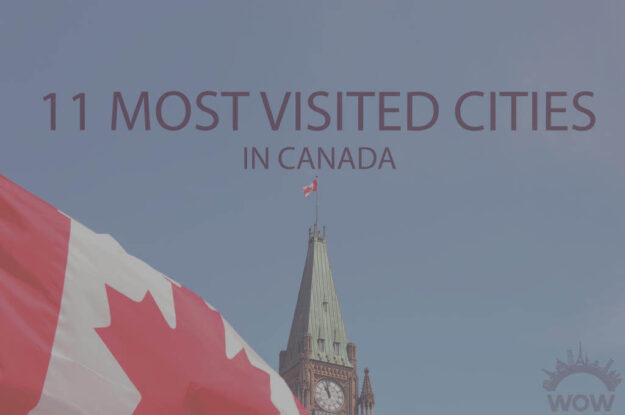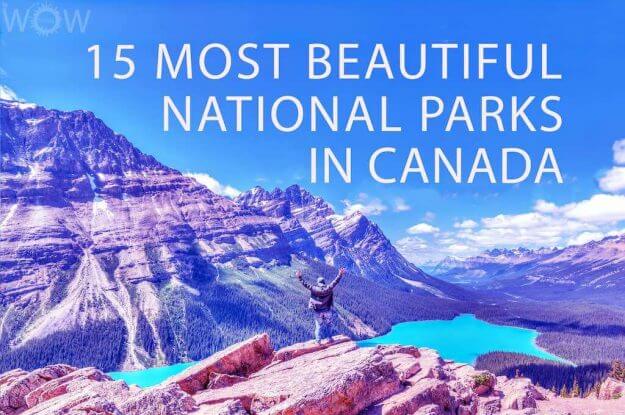The two continents which make up this part of the world were largely unknown to the outside world until the 15th century when Christopher Columbus accidentally discovered North America. Although the Norse explorer Leif Erikson had already sailed to this part of the planet before the Spanish, he did not colonize the land and left it just as he had found it. Mass emigration from Europe to these ‘exotic’ lands resulted in large indigenous populations being wiped out from diseases and enslavement, leading to a huge loss of history and culture. However, today, the legacy of colonization has ensured that both the Americas share many common traits, common Indo-European languages, and a dominant religion, Christianity, which accounts for 86% of the population. The English influence on Anglo America which includes Canada and the United States is quite apparent when compared to Latin America which had a larger Spanish and Portuguese presence.
Given the extent of land that the Americas cover, from north to south, the diversity of the landscape and climate is vast. Kaffeklubben Island, the northernmost point on the earth lies in this region, while the southernmost point of the Americas extends to Antarctica. Running along the west coast is the American Cordillera which comprises the Andes in South America and the Rocky Mountains and other ranges in North America. The eastern side which is much flatter is characterized by large river basins such as the Mississippi and the Amazon. Today, travelers to the Americas are as ‘wowed’ by the New World as were the explorers. The blend of the old with the new, the gleaming metropolises such as Chicago, New York, Rio de Janeiro, and Miami to name a few, with some of the most advanced technology in the world, the rugged Wild West, and the lost worlds of South America, draw thousands of travelers to this part of the world.
























